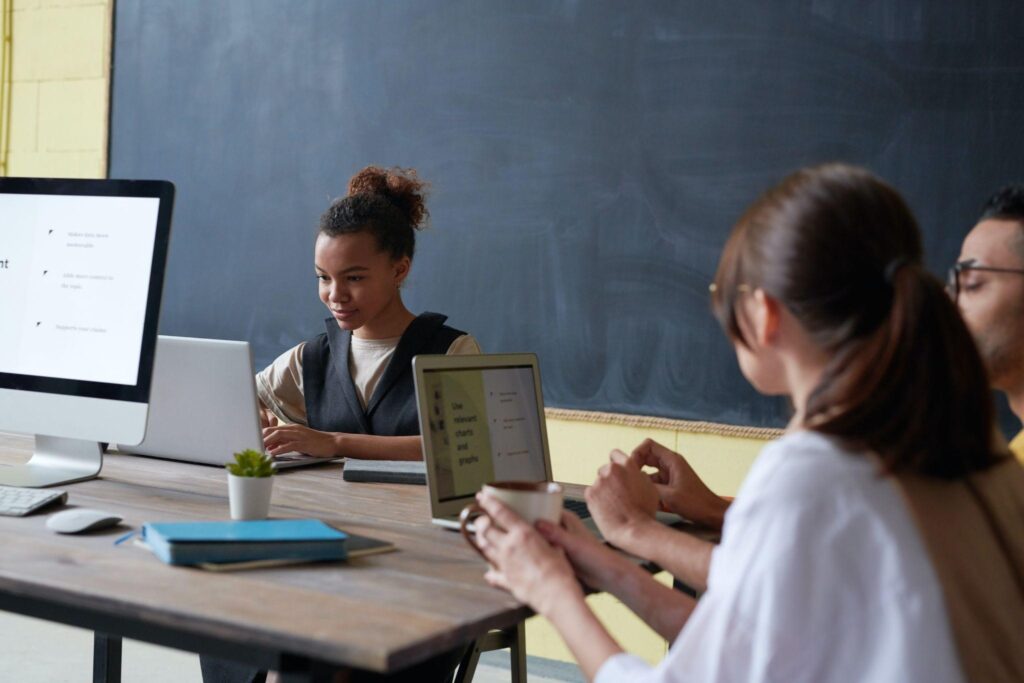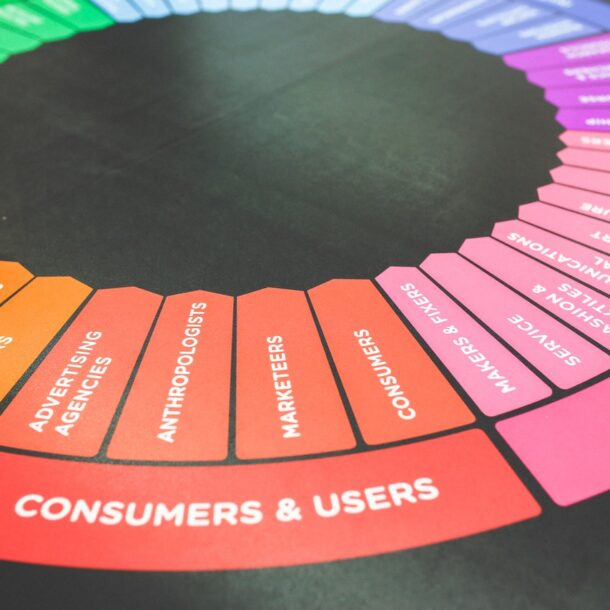
How to Bring Effective Gamification Into Your Classroom
Arun Nagarajah
September 29, 2022If you’re a teacher, it’s important to remember that your students learn best when they’re engaged. You can keep your classroom interesting by making sure that your lessons are relevant and engaging, but sometimes even the most exciting lesson can get boring over time. Consider adding some gamification elements in the classroom to make learning fun for everyone involved. Although there are many approaches that teachers can take when trying to gamify classroom, here are a few important tips for incorporating these techniques into your everyday teaching experience.
How to Bring Gamification Into Your Classroom
While most of us are familiar with the concept of gamification in education, it can be difficult to actually define. The term refers to applying game-like elements into non-game activities to make them more engaging and fun. These elements include points, badges, leaderboards and other similar rewards that motivate users to engage in an activity long enough to reach a goal (or just get more interested in it).

How To Incorporate It Into Your Classroom
It’s important to note that gamification is a tool, not a solution. If you want something done, you have to do it yourself—you can’t just stick some badges on your lesson plan and expect students to magically learn better. Gamification in education should be used as part of an overall strategy where teachers coordinate with each other in order to get the most out of their efforts.
The first step in incorporating gamification in the classroom is determining your goal. Are you trying to improve student engagement? Improve retention? Inspire creativity? Or maybe even help them develop social skills? Once you’ve figured out what your end goals are for implementing a gamified learning system into your teaching practices (and how much work will go into making it happen). Then it becomes easier for teachers like yourself who are interested in learning more about how they can use this technique successfully during their next lesson planning session!
Related Article: Why Do We Enjoy Games? 3 Interesting Facts
1. Set Classroom Rules
It is important to set classroom rules that are clear and consistent, fair to all students, enforced consistently, easy to follow and flexible enough to allow for growth and change. In addition, you should make sure your class rules are enforceable.
2. Use Student-Friendly Terminology
Be sure to use your students’ language, not just because it is more likely to be understood by them but also because it will help you connect with them more personally. In addition, when you speak their language, they will feel more comfortable asking questions and sharing ideas with you. When explaining something that might be confusing or abstract (like how gamification in learning works), use examples instead of abstract concepts.
3. Make Gamified Learning a Social Experience
It’s no secret that students learn from each other. It’s been proven repeatedly that even the most boring class can be made interesting if you allow the students to work together, discuss ideas and test their knowledge against one another. A teacher facilitating this type of gamified learning will see better results from gamify classroom engagement, retention and overall student performance on exams or tests.
4. Use Enthusiasm as a Reward
Enthusiasm is a great reward for students. They get excited about learning, and you can harness that excitement to create a fun, interactive classroom environment.

To use enthusiasm as a reward, you first need to give your students opportunities to show their enthusiasm for gamification in learning. You should allow them time to respond in class whenever possible, giving them the chance to answer questions and contribute ideas. This lets you gauge how well the students grasp concepts and gives them confidence in their abilities—both of which are vital factors when building engagement and motivation in any subject area.
An additional resource that might help you elevate your classroom experience through gamification can be seen in this amazing article. It really goes to show that the sky is the limit with what we can truly achieve with gamification.
Final Thoughts
We hope that you’ve found this article helpful in understanding how to incorporate gamification in education and into your classroom. Remember that it’s not about finding a single method and sticking with it, but rather having various tools at your disposal to choose the best one for each student or situation. In addition, don’t forget that if your students are engaged in a fun activity and feeling excited about learning, then you will likely see an improvement in their behaviour as well! Visit eVULX for more information on gamified solutions.
9.08 & 9.09, Block E Phileo Damansara 1,
9, Jalan 16/11, 46350 Petaling Jaya, Selangor
Telephone: +60122254456
Email: [email protected]
(202001021557) (1377877-X)
All Rights Reserved




